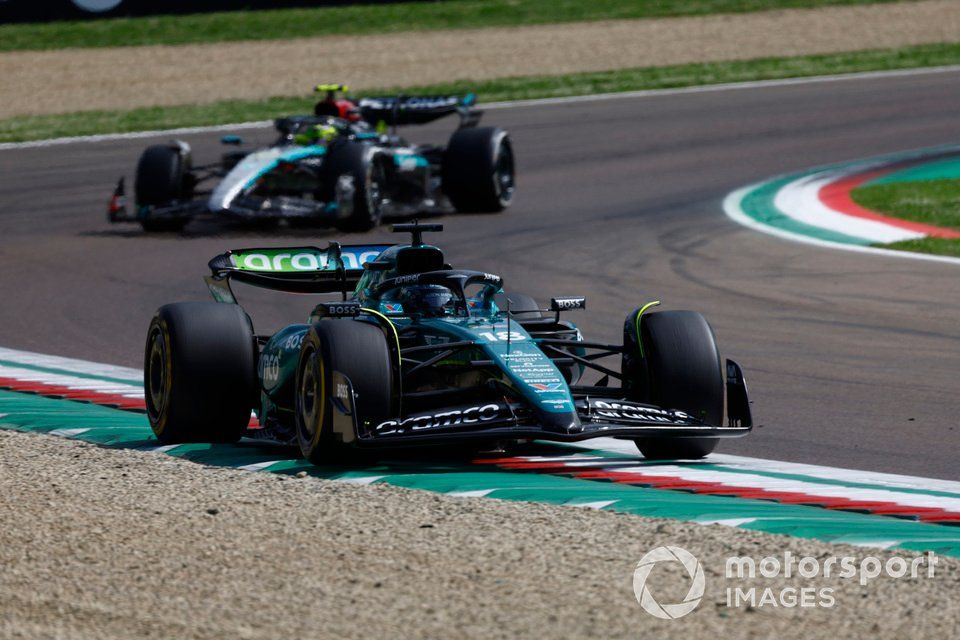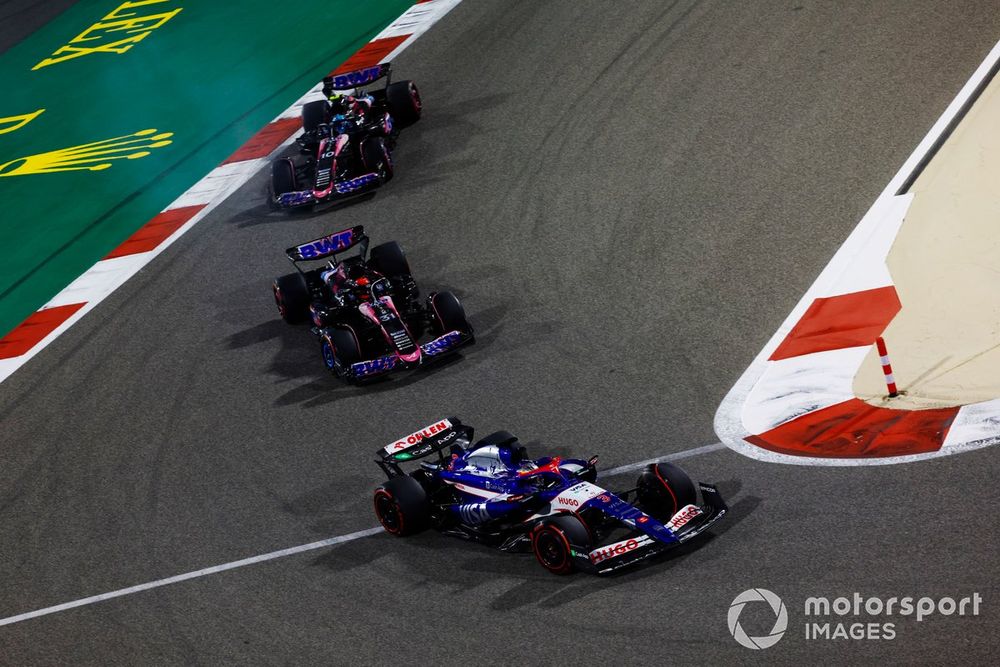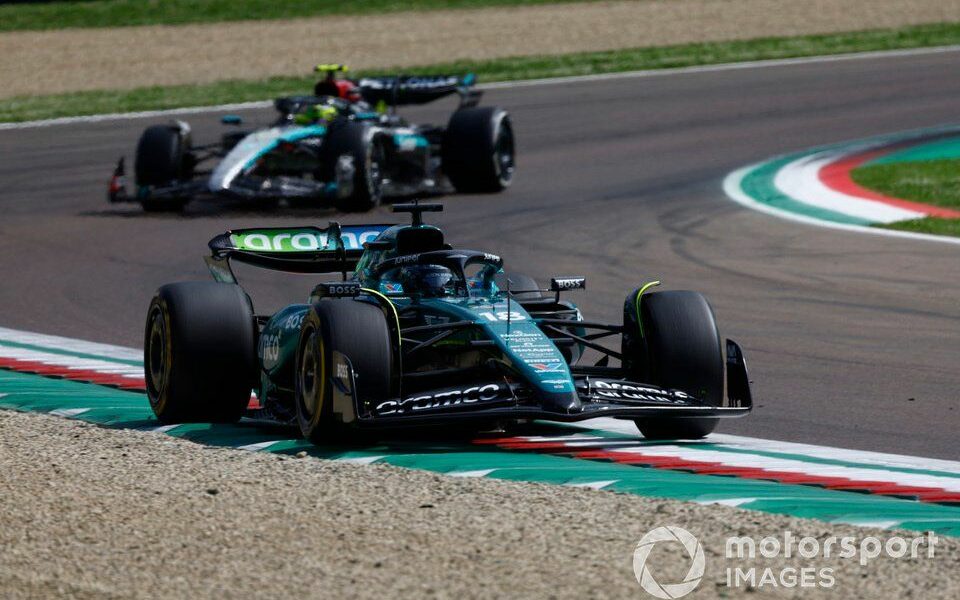Early season feedback from television images, especially in the night races, has highlighted the fact that it has become hard to distinguish some of the cars from certain angles.
In particular it is understood that the Aston Martin and Mercedes liveries, plus the Williams and RB, have been singled out for the way that they can sometimes appear indistinguishable from certain viewpoints when running at high speed.
This issue of some cars looking similar has also been exacerbated by the fact that teams have been cutting back ever more on painting their cars in recent years because of the need to save weight.
This has prompted ever greater prominence of unpainted black carbon that is identical on all the cars.
Sources have revealed that discussions have now begun with teams about addressing the situation for next year to ensure that there is greater diversity on the grid and no risk of cars running similar colours.
However, the situation is quite complex because, while the FIA and FOM want the situation addressed because it will be better for F1 fans, they also do not want to go so far as imposing strict regulations.
The FIA’s head of single seater matters Nikolas Tombazis said that the topic had been tabled for further debate at the next F1 Commission meeting to try to find a way forward.

“As always in F1, it is a bit more complicated than maybe meets the eye,” Tombazis told Autosport.
“One issue is that cars have a bit too much naked carbon, because obviously the weight of paint, so the cars have a bit too much black.
“There has also been a lot of work done by all teams to change the type of paint or indeed a lot of it nowadays is extremely thin films, to keep the weight as low as possible.
“And another issue is that some teams seem to use similar colour schemes, so they end up with cars that maybe look visually quite close to each other. We’re discussing it still with the teams, and it will be discussed in the next F1 Commission.”
Tombazis feels that addressing the situation is best achieved through a collaborative process between the teams, rather than their hands being forced by new rules.
“We need to get to some process where teams in some way or other communicate with each other and say: ‘Well, if your car is blue here, mine will not be blue there.’ Or something like that.
“But how exactly that process would work [remains to be seen]. It’s not a regulatory process.
“We don’t want to be making regulations about liveries as the FIA, but we do want cars to be distinguishable.”
Helmet debate

The issue of different teams having cars that look similar is not the only element of the talks, because there is also some concern that it is getting ever harder to tell drivers in the same squad apart.
With crash helmet designs no longer as iconic as they were in the past, and also hidden by the halo, it is not as easy to recognise individual drivers as it was in the past.
At the moment, the only way that teams are forced to make their two cars look different is through a colour flash on their onboard cameras.
Article 9.1 c) of F1’s Sporting Regulations demands: “The on-board cameras located above the principal roll structure of the first car must remain as it is supplied to the Competitor and the second car must be predominantly fluorescent yellow.”
It is understood that F1 wants to evaluate if there are better ways to make it easier for fans to recognise each driver in the same team.
Tombazis added: “It used to be, of course, drivers had more recognisable helmets in the olden days because there were simpler designs. And they were like that probably for the whole career.
“Now there is a change of regulations [that allow helmet design swaps] and they’ve got all these funny shades, plus you don’t see the helmet anyway because of the halo.
“We need to find some way to make people be able to know if it is [George] Russell or [Lewis] Hamilton, but also to be able to easily distinguish the cars.”
But, like with the livery issue, the FIA wants this to be something that teams take care of themselves rather than be forced to do so because of new rules.
“It’s not something we want to put in a regulation and then report somebody to the stewards because the colour we don’t like,” said Tombazis.
“We don’t want to get into that. But we do want to get in a place where somehow teams see it as the common good that the cars can be recognisable.”

